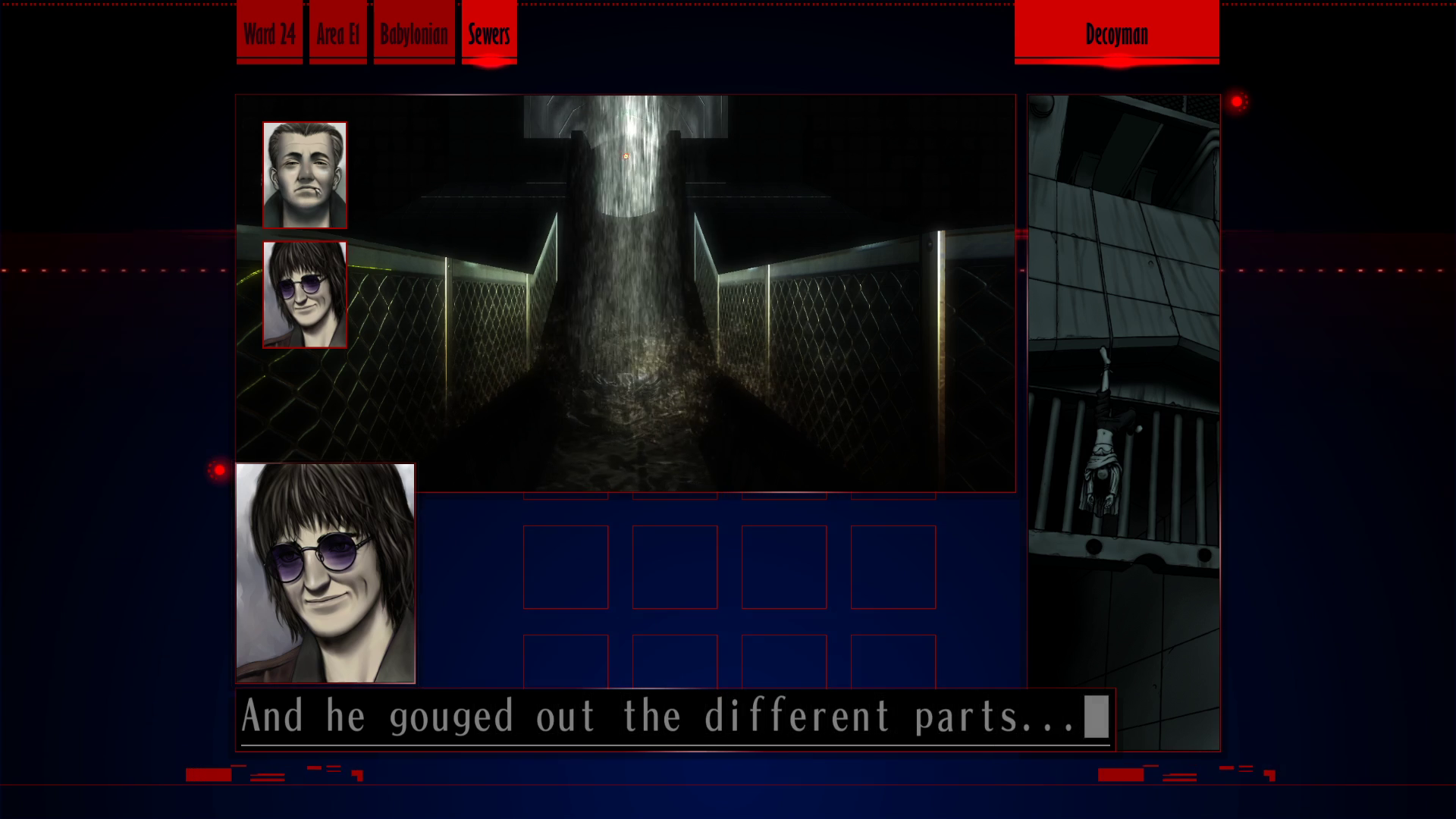Silver Case Kamui, the first Kamui
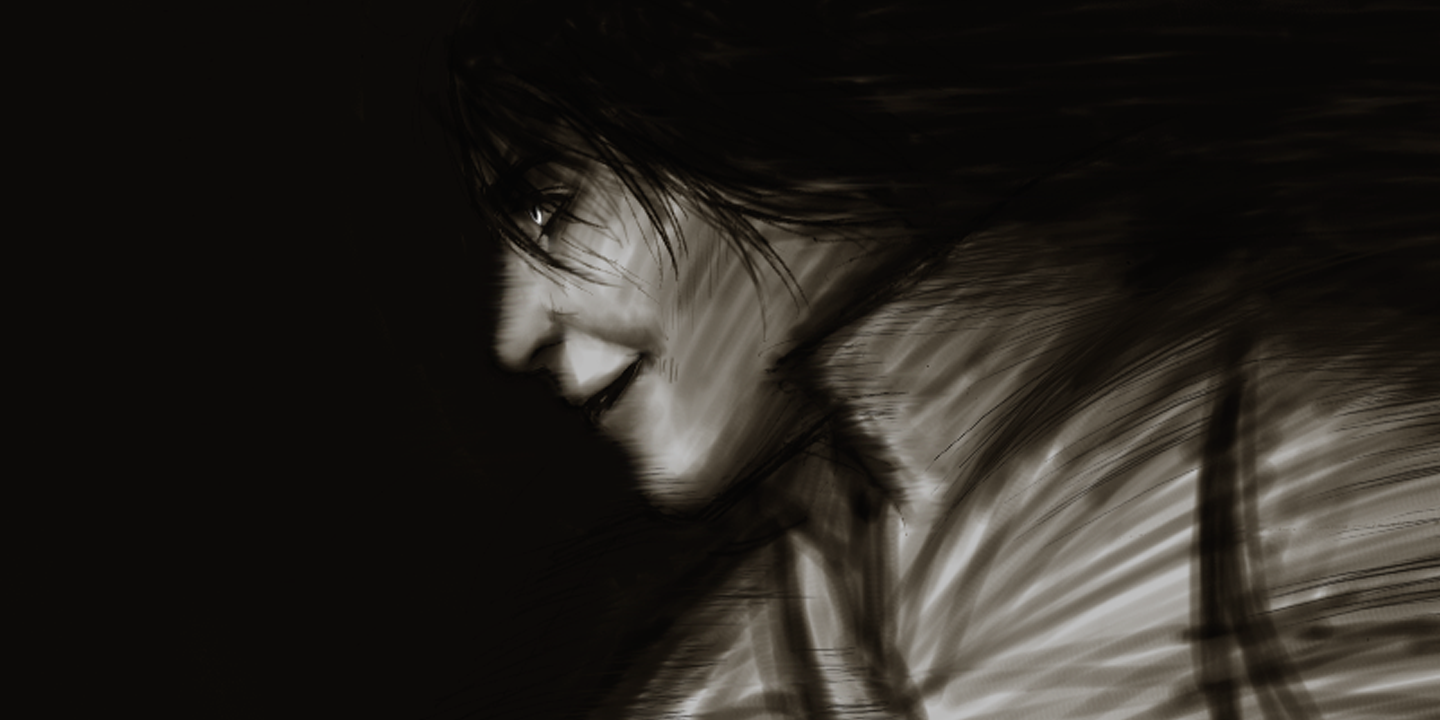
The first “truth” has Kamui as Piechota’s “otherworldly avatar of evil,” a serial killer of immense “criminal power” responsible for the Silver Case of 1979. The introductory text claims Kusabi arrested this Kamui.
In “Lunatics,” Kamui is identified not even as a serial killer but in supernatural terms as “the devil,” a “sleeping lion,” and a “god of chaos” whom Toba Rumi babbles about, as a Lovecraft character might the cosmic monster, before Sakamoto (or possibly Akira) kills her. She vows revenge. In this context, Kamui is also associated with Mithra, an occasionally silver-eyed demon who, through rape, murder, and manipulation, has destroyed Rumi, Ryo, and the characters of Moonlight Syndrome with the assistance of his proxy, Yayoi. Mithra is also one of the various characters/phenomena associated with the moon throughout the Kill the Past series, adding further kindling to the Silver Case Kamui’s status as an otherworldly avatar of evil.
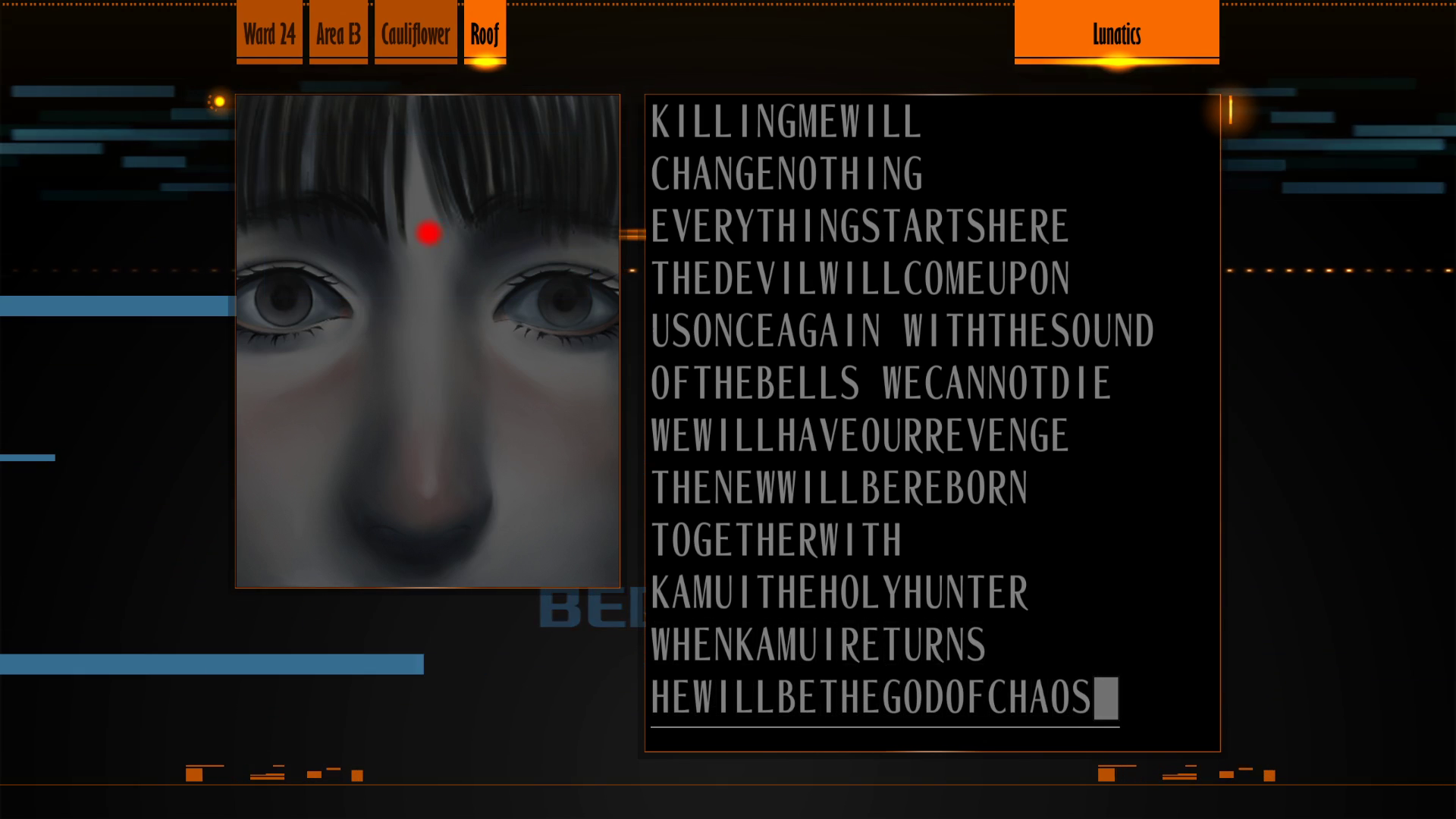
Mithra and Yayoi spread tragic violence by forging Faustian contracts with people. Yayoi seemingly takes Kazan Ryo’s soul in this way, installing it in a static “Paradise” of the kind Kusabi rejects at the end of Flower, Sun, and Rain and that, as GhenryPerez observes in “No Paradise,” Travis Touchdown refuses when he reaches Mars in Travis Strikes Again. As he also points out, for Suda, the parameters of paradise are death. Yayoi effectively kills Ryo’s body to put his mind into the idyll where he can be with Mika, allowing whatever force animates Ryo’s still semi-aware physical self to embark on the rampage in “Lunatics.” In “Killing the Past with Kusabi Tetsugoro,” I suggested the entity could be Mithra. However, I was mistaken: aside from Mithra rarely directly killing humans, Ryo exorcises him before the ending. Another candidate is Yayoi, seemingly the same kind of being as Mithra and certainly sufficiently malevolent.
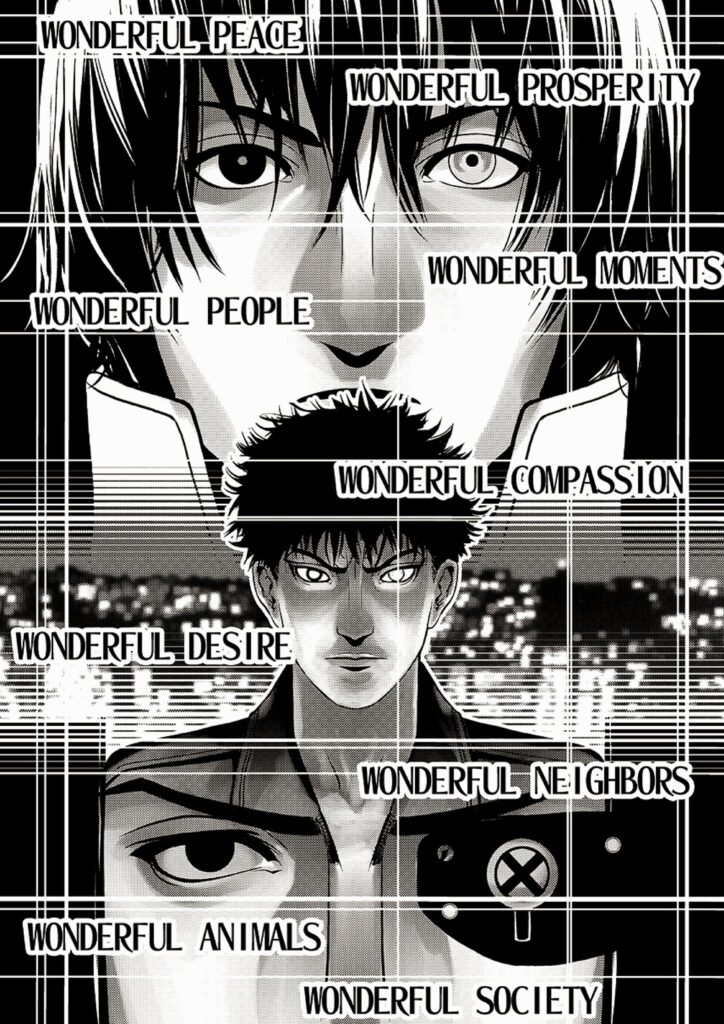
The pattern of identifying the first Kamui with inhuman, magical evil continues in “Decoyman.” The killings follow standard serial killer media tropes: the victims are young women whose reproductive organs are sliced out. The same scene that introduces the player to the members of the HC Unit ends with Nakategawa introducing Kamui, as though he were part of the main cast. Nakategawa states, “I’ll give a simple explanation of [Uehara Kamui’s] history. Please take in as much of this info as you can. He’s not your run-of-the-mill criminal. This man has been completely overtaken by an evil darkness. Go ahead and toss ‘common sense’ right out the window for this.” He then produces a photo of a bald man in sunglasses and says it shows Kamui four years earlier, 1995.
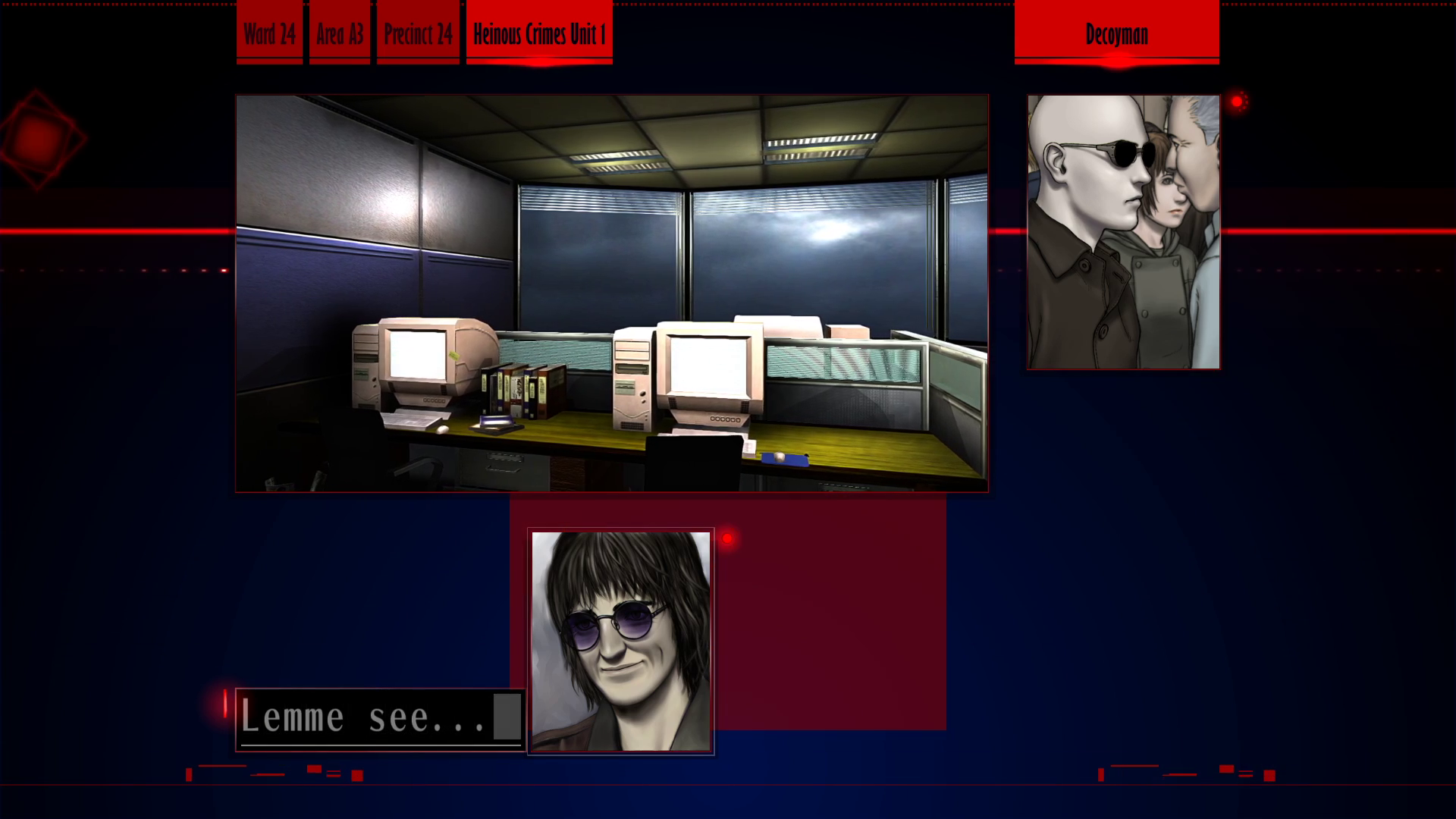
However, as I also noted, in “Pre-Lunatics” Syuji Takeya’s artwork implies Ryo is a Shelter Kid. If so, the violence Ryo experiences and engages in over the course of Moonlight Syndrome may awaken his murderer persona, similar to Shiroyabu in “boys don’t cry.” In that interpretation, haywire Kamui programming is likely what controls him up to the time Kusabi “processes” him at the Cauliflower Building. In this way, embodying Kamui as a serial killer devil, Ryo embodies the lowest-order “truth.”
